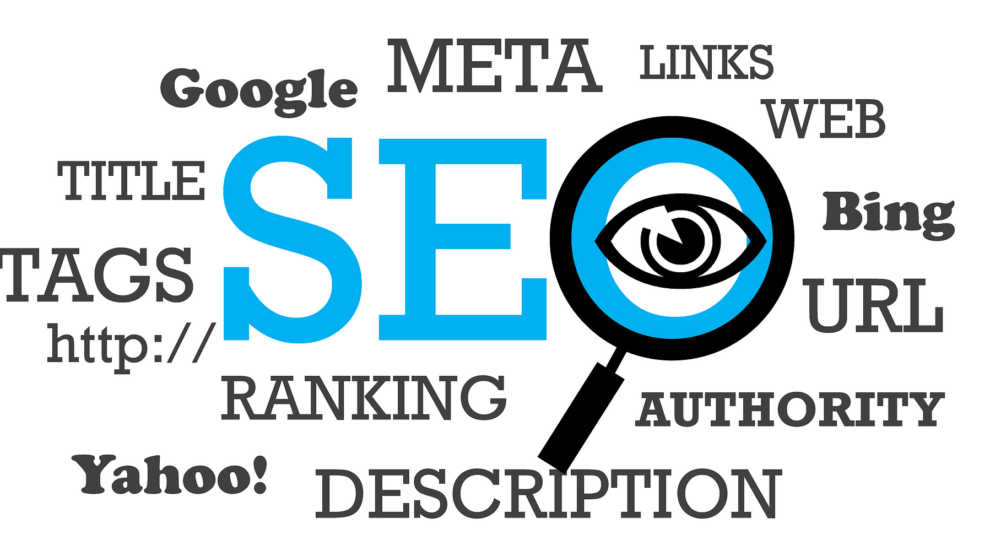Ask any digital marketer about SEO and they’ll tell you it’s great for creating brand awareness and for generating leads.
It makes sense, doesn’t it?
Someone’s looking for a product or service that you sell and they find your website – your organic rankings helped you get their attention. But they don’t buy immediately. They just leave their email address or maybe click on a social media button and follow you.
For the next stage of their buyer journey, you have to leverage CRO (Conversion Rate Optimization) to get them to convert into buyers. Lead them to a sales page, for instance.
Or, at least, this is what the collective wisdom says.
But this always rubbed me the wrong way.
You see, sales funnels are no longer linear.
But now, this journey is no longer this simple. At least not for everyone. Yes, some customers are still moving though it step by step. Others buy much faster or much slower.
So you have to adapt to the type of buyer you are serving.
Here’s another morsel of food for thought: if you can create a complete sales funnel with Google Ads or Facebook Ads, why couldn’t you do the same organically with a smart combination of SEO and CRO?
I thought you could. And I’ve proven it first though the digital marketing agencies I run: 99% of our customers are acquired organically, through SEO and CRO. We also help our clients achieve organic sales. You can check out our case studies for in-depth accounts on how our clients get both organic traffic AND sales from the same pieces of content.
How do we marry SEO and CRO?
With two simple tactics.
1. Doubly-Optimized Sales Pages
Can you do both search engine optimization AND conversion optimization in a single piece of copy? Definitely!
Don’t listen to marketing gurus who do SEO the same way it was done in the 2000s. Keyword stuffing is no longer a thing and neither is wooden speak in your online writing.
And that’s a good thing!
Why?
Because it gives you the chance to pull a double optimization. Since you are no longer fenced out by having to repeat the same keyword ad nauseam, you can write naturally and, more importantly, convincingly.
One small caveat here: you don’t have to forget about SEO altogether. You just have to be extra smart about it.
Here’s a quick example: let’s say you are selling web development services. It would be next to impossible to optimize your sales page for “web development services”. The competition is sky-high, plus it’s a very generic term that won’t bring people who are ready to buy.
There are almost 3 billion results for it. Yes, with a B!

Instead, niche down and create separate sales pages for various industries. It’s much easier to optimize for a specific industry or area. Here’s the first try – 10+ times less competition:

But we can take it up a notch and really qualify our leads pre-search. We know that most people are likely to do business with local companies to support their communities, so why not go local with it?

That’s another 10-fold decrease in competition! This is something we can work with. And do bear in mind that I’ve chosen two VERY competitive niches – this weird 2020 put them both at an all-time high!
Better yet, when someone searches something this long and complicated, you know they already know what they want. They’re looking for someone specialized in their industry who’s also a local. There may not be a lot of searches for this term, but you’ve got a great chance at converting the people who search for it.
The only thing you’re sacrificing is traffic – the irrelevant, non-money-making kind of traffic. Not that big of a deal, right?
Key takeaway: drill down on your keywords and on your sales pages’ topics and audience. Focus on a buyer persona that’s ready to buy and you can get conversions that are 100% organic and with no lengthy funnel.
2. Blog Posts that Sell
If you’re a regular here, you know I’ve spoken a lot about how to optimize blog posts, so I won’t get into a lot of detail about that. You can check my profile for past articles. I’ll just say that the niching down on keywords mentioned above is the first SEO principle for blog posts, too. Just like sales pages, they are easier to rank for and more targeted.
But how do you sell with a blog post?
This one’s easy: add CTAs to it! Yes, it’s that easy, although most people forget about it.
I made the same mistake when I started blogging for Idunn. The blog posts would rank, people would read them, but no one filled in the contact form. Why? Because they didn’t even bother to search for the contact section.
The moment I changed the strategy, we started getting leads that were half converted before we replied to their emails. All I had to do was add a CTA that said: “We can do the same for you! Get in touch!” Our readers already saw the high quality of our writing and its potential for ranking since they found us organically. All they needed was that extra push.
Wrapping Things Up
Marketing and SEO are constantly changing. Perhaps the bigger change that happened in the past few years was the need for agility and for thinking on your feet. Don’t follow old recipes. Think about your customers instead – what is the best way to find them and to talk to them?
Marketing tactics like SEO and CRO don’t exist in a void. They are made to be mixed and matched until you come up with your own perfect recipe.
Need help with that? Let’s talk about content that ranks AND converts – that’s our specialty!





